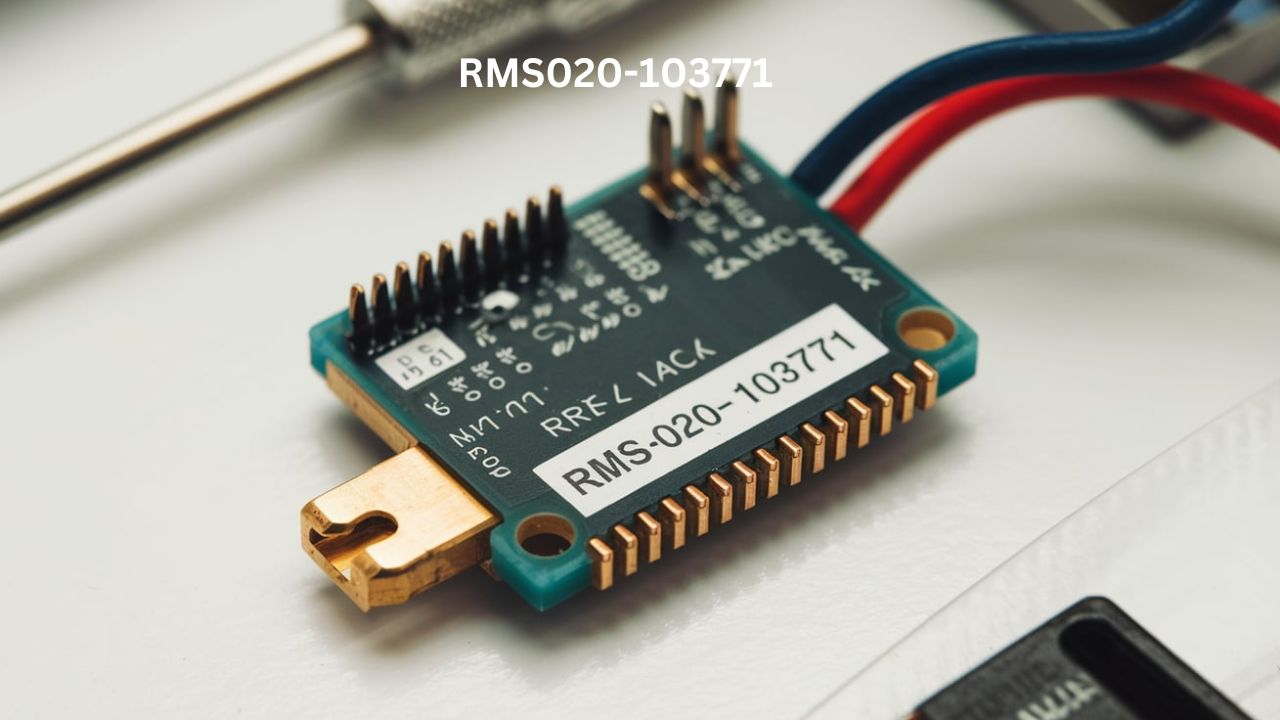Key Takeaways
- A thorough awareness of the benefits and hazards involved with filler injections.
- Psychological considerations and the impact of filler treatments on self-esteem and confidence.
- Examine how fillers are tailored for different age demographics and aesthetic goals.
- Cost analysis and practical advice for selecting qualified practitioners for safe and satisfactory results.
Introduction to Filler Injections
The quest for a youthful appearance and enhanced facial features has led many toward the path of cosmetic procedures, with filler injections standing out as a prominent option. Known for their versatility, fillers serve to correct wrinkles, hollows, and fine lines, offering a plumped and revitalized look. They work by filling in areas beneath the skin, smoothing unwanted lines, and adding volume where necessary. Various filler substances, including natural and synthetic options, cater to multiple needs and preferences.
This non-surgical solution to achieve aesthetic goals has garnered attention due to its relatively low-risk profile and convenience over more invasive procedures. Understanding different types of fillers is crucial for personal enhancement. For example, hyaluronic acid moisturizes the skin, while poly-L-lactic acid stimulates collagen production over time.
Exploring the Advantages of Filler Injections
Filler injections are celebrated for the array of benefits they bring to the table. The immediacy of results following a filler treatment is one of the most appealing aspects. Patients can enjoy a transformation without enduring a prolonged recovery with fillers. It offers a convenient solution for those looking for quick aesthetic improvements. Additionally, some fillers provide a temporary effect, often preferable for individuals not ready to commit to long-term changes. Should the outcome not meet expectations, certain types of fillers can be reversed with specific enzymes, further enhancing their appeal.
The maintenance of filler results is favorable when compared to other cosmetic treatments. Once injected, fillers can maintain aesthetic improvements for six months to two years, depending on the type used and an individual’s body response. Consequently, patients can relish prolonged periods of enhanced appearance with relatively infrequent touch-ups, balancing the interplay between convenience and beauty.
The Psychological Impact of Filler Treatments
The influence of filler injections transcends the physical realm, often leading to notable psychological benefits. A refreshed appearance can significantly impact an individual’s self-perception and outward confidence. This boost in self-assurance manifests in various facets of life, potentially improving social interactions and professional opportunities. Nevertheless, the decision to undergo filler treatment should be made with a clear and healthy mindset, as these treatments are best seen as an augmentation of one’s natural features, not a panacea for deep-rooted psychological concerns.
Furthermore, contemporary society’s evolving stance on cosmetic enhancement has played a role in demystifying treatments like filler injections. As these procedures become more mainstream, the public’s perception shifts towards acceptance, reducing the stigma once associated with elective cosmetic enhancements.
Filler Injections and Facial Aesthetics
Proficiently administered fillers can accentuate facial aesthetics by intelligently enhancing volume and correcting asymmetries, achieving a harmonious balance. These subtle modulations cater to the individual’s structure and preferences, avoiding a one-size-fits-all approach. The finesse lies in the practitioner’s ability to discern the precise amount and correct filler placement to enhance, not overpower, the inherent beauty of the client’s features.
The emphasis on authenticity in aesthetics has led to cautious and conservative applications, where the saying ‘less is more’ often holds. The goal of modern filler treatments is to create a look that is undetectable as a procedure and is harmonious with the body’s natural aging process.
Safety Profile and Side Effects of Filler Injections
Like any cosmetic procedure, filler injections come with potential risks and a spectrum of side effects. Most common are temporary reactions at the injection site, such as redness, swelling, and tenderness. These side effects typically resolve on their own without intervention. However, more severe complications, although rare, can occur and should not be overlooked. Advanced complications can include allergic reactions, infection, or even vascular compromise that can lead to tissue necrosis. Patients are encouraged to carefully select a licensed and experienced professional who can recognize and manage complications should they arise.
Filler Injections Across Different Age Groups
Fillers are not the exclusive domain of any particular age group; they are utilized by young adults seeking enhancement or prevention as much as older individuals aspiring to reclaim youthful contours. The varied motivations between age groups signify the adaptability of fillers to serve different aesthetic goals. Young adults might focus on augmentation, such as lip plumping, while older patients might prioritize volume restoration in areas like the cheeks or under-eye hollows.
Understanding the aging process guides practitioners in crafting age-appropriate treatment plans, ensuring that filler injections yield flattering and suitable results for the person’s age, lifestyle, and expectations. This individualized approach ensures that the results of injectables look appropriate across the decades and grow gracefully with the patient.
Compare and Contrast: Fillers vs. Other Cosmetic Procedures
Filler injections stand in contrast to other non-invasive treatments like Botox, which relaxes muscles to reduce the appearance of dynamic wrinkles. Comparatively, fillers address static lines and restore volume, making them a complementary treatment rather than a competing one. Other alternatives, such as laser therapies or chemical peels, target skin texture and tone but may not provide the volumizing effects of fillers.
When juxtaposed with surgical facelifts or implants, fillers offer a less invasive, more affordable, and quicker alternative for facial rejuvenation, albeit with less permanent results. Understanding these differences is crucial for individuals trying to navigate the plethora of cosmetic options available and to select the correct procedure for their specific concerns and lifestyle.
Cost Considerations and Value Analysis
Funding cosmetic enhancement is a significant consideration for many potential patients. Filler treatments can vary in cost, contingent upon factors such as the type of product used, the amount required, and the specific areas treated. Geographic location and the practitioner’s expertise are critical in determining the price. In evaluating the cost against other anti-aging options, filler injections frequently emerge as a cost-effective alternative to surgical procedures, offering substantial aesthetic benefits without significant downtime or long-term recovery.
Making an Informed Decision: How to Proceed with Filler Treatments
Leaping cosmetic treatments like fillers involves thoughtful consideration and planning. Researching and identifying a certified and experienced professional is the initial step toward a safe and pleasing outcome. The consultation is the opportunity to address all concerns and questions, from the practitioner’s credentials to the expected results and necessary aftercare. An informed patient can prepare for post-procedure care to maintain and maximize treatment benefits.











